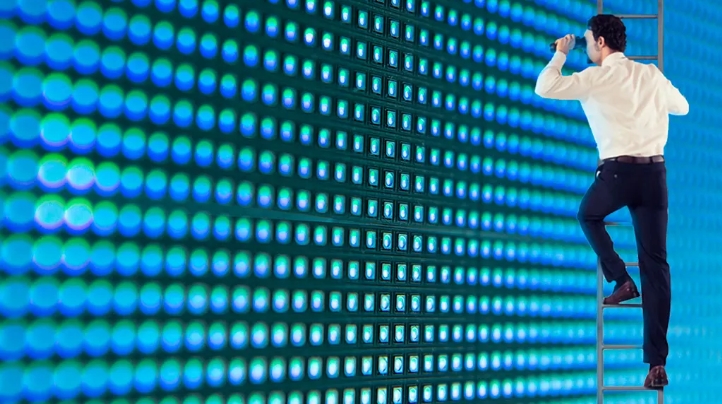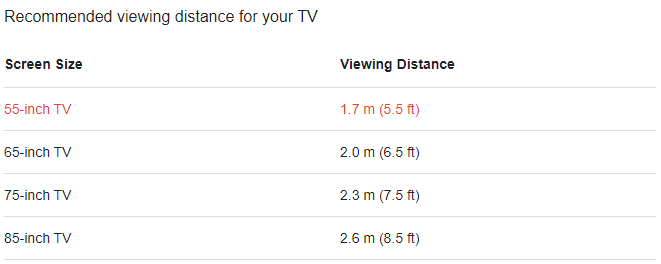When go to a cinema, we tend to choose the most ideal seats for the best movie watching experience, which might be among 4-6 rows in the middle of the movie hall. It’s understandable that siting at this distance, which is not too close or too far to the screen, you’ll get the best view with your eyes naturally relaxed. Behind our instinctive choice, the viewing distance of the screen plays the role here. But few of us may fully understand the viewing distance of LED screens. Here in this article, we’ll, step by step, dive into the magic world of LED screen viewing distance. Surely it will help you while choosing an LED screen for your home.

Where to watch affects the daily use of your LED screen a lot
The viewing distance of LED screen refers to the distance between the viewer and the display, typically measured in units such as meters or feet. It represents the distance at which the viewer is positioned from the LED display to have an optimal viewing experience.
The viewing distance is an important consideration when determining the appropriate size and placement of your LED display. It can significantly impact your ability to perceive the content, read text, discern details, and overall visual comfort.
The optimal viewing distance for an LED screen depends on various factors, including the display size, resolution, pixel pitch, content type, and personal preferences.
Here are some general guidelines over LED screen viewing distance.
Display Size:
Larger displays generally require greater viewing distances to encompass the entire screen without strain. Smaller displays can be viewed at closer distances.

Screen Size & Viewing Distance – Data Source: Samsung
Resolution and Pixel Pitch:
Higher-resolution displays with smaller pixel pitches allow for closer viewing distances, as they offer more detail and sharper images. Lower-resolution displays or larger pixel pitches may require a greater viewing distance to avoid perceiving individual pixels.
Pixel Pitch & Viewing Distance
Content Type:
The type of content being displayed can also influence the optimal viewing distance. Text-heavy content may require closer distances for better legibility, while immersive visuals or large-scale images may be appreciated from slightly farther distances.
Personal Preference:
Individual preferences can vary. Some viewers may prefer a closer viewing distance to feel more immersed or engaged, while others may prefer a farther distance for a broader perspective or to minimize eye strain.
In conclusion, the optimal viewing distance is not a fixed value but rather a range influenced by the factors mentioned above. LED screen manufacturers often provide guidelines or recommendations for viewing distances based on the display’s specifications.
In practical terms, determining the most suitable viewing distance often involves considering the display’s size, resolution, intended content, and the available space. On-site testing and adjustments may be necessary to fine-tune the viewing distance to meet the specific requirements and preferences of the viewers.